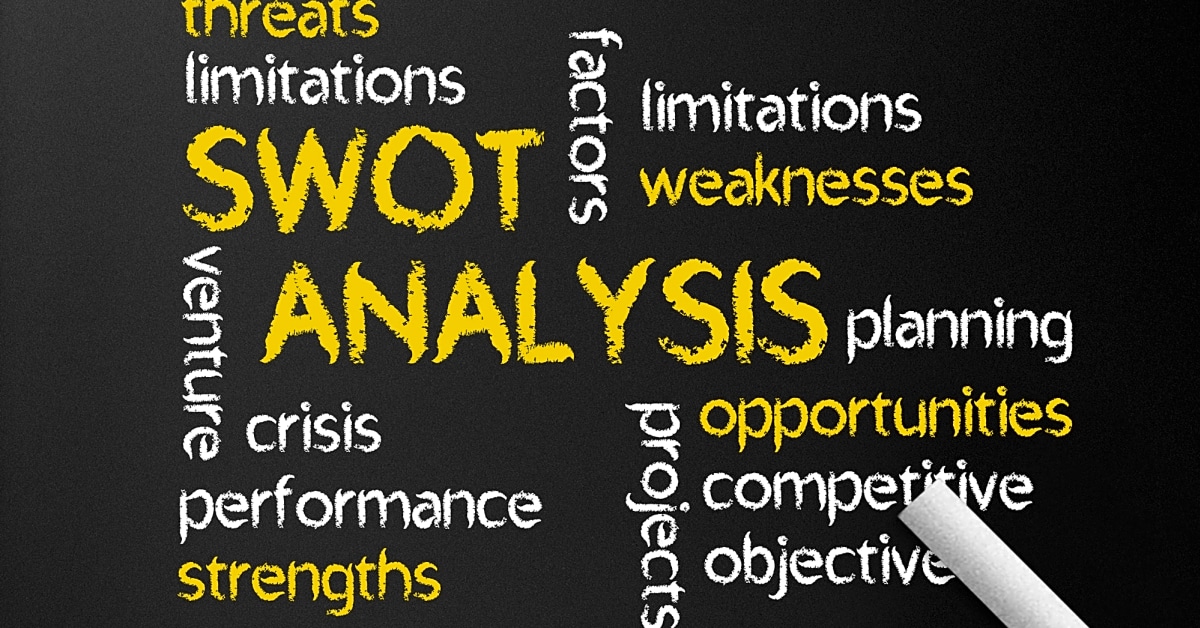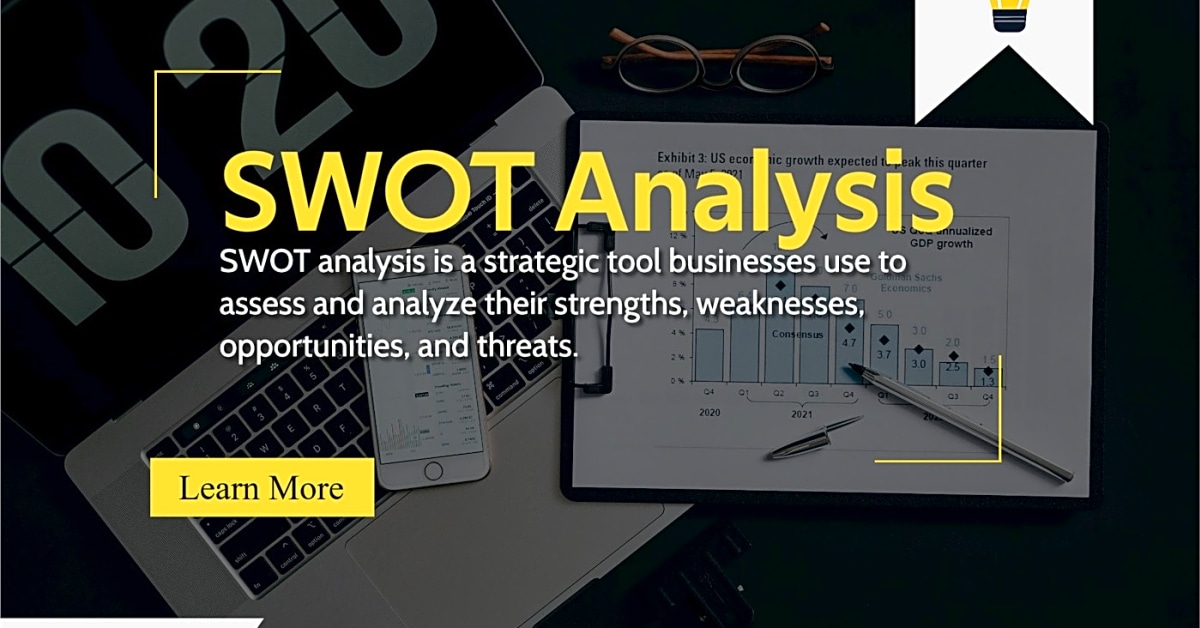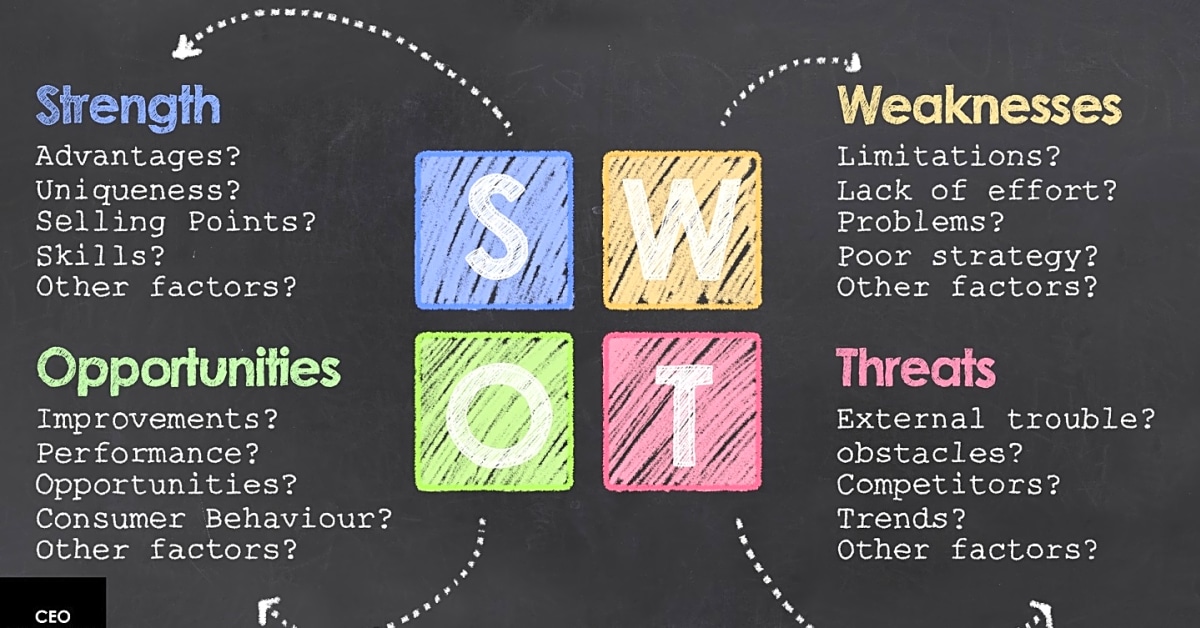In the world of business, it is essential to have a clear understanding of your company’s strengths, weaknesses, opportunities, and threats. This is where SWOT analysis comes into play. SWOT analysis is a strategic planning tool that helps businesses identify their internal and external factors that may affect their performance. However, like any other tool, SWOT analysis also has its limitations. These limitations can prevent businesses from fully utilizing the potential of SWOT analysis and may result in incomplete or inaccurate insights. In this article, we will dive deeper into the limitations of SWOT analysis and explore ways to overcome them, ensuring that you make the most out of this powerful tool. So, if you want to take your SWOT analysis game to the next level, keep reading!
In this article, we will discuss how to overcome the limitations of SWOT analysis. SWOT analysis is a popular strategic planning tool used by businesses and organizations to assess their strengths, weaknesses, opportunities, and threats. While it can be a useful tool, it also has its limitations that can hinder its effectiveness.
One of the main limitations of SWOT analysis is its subjectivity and potential for bias. This is especially true if the analysis is conducted by a small group of individuals. To overcome this limitation, it is important to involve a diverse group of stakeholders in the process. This can include employees from different departments, customers, suppliers, and other external partners. By gathering multiple perspectives, you can get a more well-rounded and unbiased view of your organization’s strengths and weaknesses.
Another limitation of SWOT analysis is that it does not take into account external factors such as market trends or competitive forces. This can lead to a narrow and incomplete analysis. To address this, it is important to incorporate these external factors into your analysis. This can be done by conducting market research, analyzing industry trends, and keeping an eye on your competitors. By considering these external factors, you can gain a better understanding of your organization’s opportunities and threats.
It is also important to avoid common mistakes and pitfalls when conducting a SWOT analysis. One common mistake is focusing too much on the internal factors (strengths and weaknesses) and not enough on the external factors (opportunities and threats). It is important to give equal consideration to all four elements to get a comprehensive view of your organization’s current state.
In conclusion, while SWOT analysis can be a valuable tool for strategic planning, it has its limitations. By addressing these limitations and implementing strategies for overcoming them, you can conduct a more effective SWOT analysis and make the most out of this popular tool.
Overcoming Subjectivity and Bias
When conducting a SWOT analysis, it’s important to consider the potential for subjectivity and bias. This can occur when only one perspective is taken into account, typically the perspective of the person or team conducting the analysis. This can lead to a limited understanding of the strengths, weaknesses, opportunities, and threats that are present in a situation.
To overcome this limitation, it’s crucial to involve diverse perspectives in the analysis. This can include gathering input from different departments, teams, or individuals within the organization. It can also involve seeking outside opinions from stakeholders, customers, or industry experts. By involving a variety of perspectives, you can gain a more well-rounded and objective view of the situation.
Incorporating External Factors
In order to conduct a comprehensive and effective SWOT analysis, it is important to not only consider internal factors, but also external factors that may impact your organization. These external factors can include market trends, economic conditions, political and regulatory changes, and technological advancements.
By incorporating external factors into your SWOT analysis, you can gain a more well-rounded understanding of your organization’s strengths, weaknesses, opportunities, and threats. This will allow you to make more informed decisions and develop strategies that are better suited to your current and future environment.
To incorporate external factors into your SWOT analysis, you can use tools such as PESTLE analysis or Porter’s Five Forces model. These frameworks can help you identify and analyze external factors that may have an impact on your organization.
Avoiding Common Mistakes
In order to ensure an effective SWOT analysis, it is important to avoid common mistakes that can hinder the success of the analysis. These mistakes can lead to inaccurate or incomplete results, making it difficult to make informed decisions based on the analysis. Here are some common mistakes to avoid when conducting a SWOT analysis:
1. Not involving key stakeholders: One of the biggest mistakes in conducting a SWOT analysis is not involving all key stakeholders. It is important to gather input and perspectives from various team members, as they may have different insights and expertise that can contribute to a more comprehensive analysis.
2. Lack of research: A SWOT analysis should be based on thorough research and data. Without proper research, the analysis may be biased or incomplete, leading to inaccurate conclusions.
3. Focusing only on internal factors: While it is important to assess internal strengths and weaknesses, it is equally important to consider external opportunities and threats. Failing to do so can limit the effectiveness of the analysis and hinder potential growth opportunities.
4. Not prioritizing: With SWOT analysis, it is easy to get caught up in listing all factors without prioritizing them. It is important to prioritize the most significant factors in order to focus on the most critical areas for improvement or growth.
By avoiding these common mistakes, you can ensure a more effective SWOT analysis and make better use of its findings. Remember to involve key stakeholders, conduct thorough research, consider both internal and external factors, and prioritize your analysis for more accurate and actionable results.
Understanding the Limitations of SWOT Analysis
When it comes to conducting a SWOT analysis, it’s important to keep in mind that there are limitations to this popular strategic planning tool. While it can be a useful starting point for identifying strengths, weaknesses, opportunities, and threats, it should not be the only method used for making important business decisions.
One of the main limitations of SWOT analysis is its reliance on a single perspective. It is often conducted by a small group of individuals, which can result in a narrow view of the organization’s strengths and weaknesses. This can lead to oversights or biases that can hinder the accuracy and effectiveness of the analysis.
Additionally, SWOT analysis does not take into account external factors that may impact the organization. This can include changes in the industry, market trends, or economic conditions. Without considering these external factors, the SWOT analysis may not provide a complete and accurate understanding of the organization’s current situation and potential opportunities and threats.
Furthermore, SWOT analysis is a static tool and does not account for the constantly changing nature of businesses. As a result, the analysis may become outdated quickly and may not accurately reflect the current state of the organization.
Understanding these limitations is important because it highlights the need for additional research and information gathering before making important decisions based on the results of a SWOT analysis. It also emphasizes the importance of using multiple perspectives and tools when conducting strategic planning to ensure a more comprehensive and accurate understanding of the organization and its environment.
By understanding and addressing the limitations of SWOT analysis, you can improve the accuracy and effectiveness of your strategic planning process. By involving a diverse group of stakeholders, considering external factors, and avoiding common mistakes, you can gain a more comprehensive understanding of your organization’s strengths, weaknesses, opportunities, and threats.



